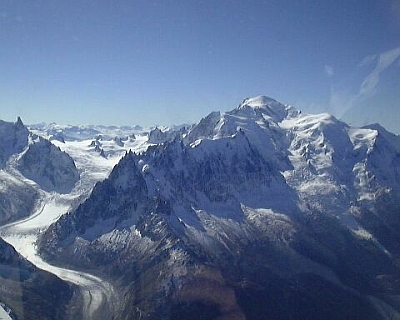Extra informatie voor leerkrachten (in het Engels)
Guidelines for teachers
You are going to be confronted, usually for the first time, to the use of Earth observation satellites as applied to the conservation of our natural and cultural heritage. The purpose of this module as well as of all the examples explained herein, is not to make the students experts on remote sensing (i.e. Earth observation from space technologies), that can wait for another time when they are older and if they select to go on such an interesting career.
The purpose is to assist you as a teacher in your normal teaching tasks by using examples of application of remote sensing for the protection, conservation, documentation of natural and cultural heritage in your normal lectures.
CULTURAL heritage
Conservation of cultural heritage is now recognized as resting within the general field of environmental and cultural development. The continuous increase of human settlements and associated infrastructures must be done in complete respect to our cultural heritage.
The object of conservation is to prolong the life of cultural heritage and, if possible, to clarify the artistic and historical messages therein without the loss of authenticity and meaning. Conservation is a cultural, artistic, technical and craft activity based on humanistic and scientific studies and systematic research. Conservation must respect the cultural context.
